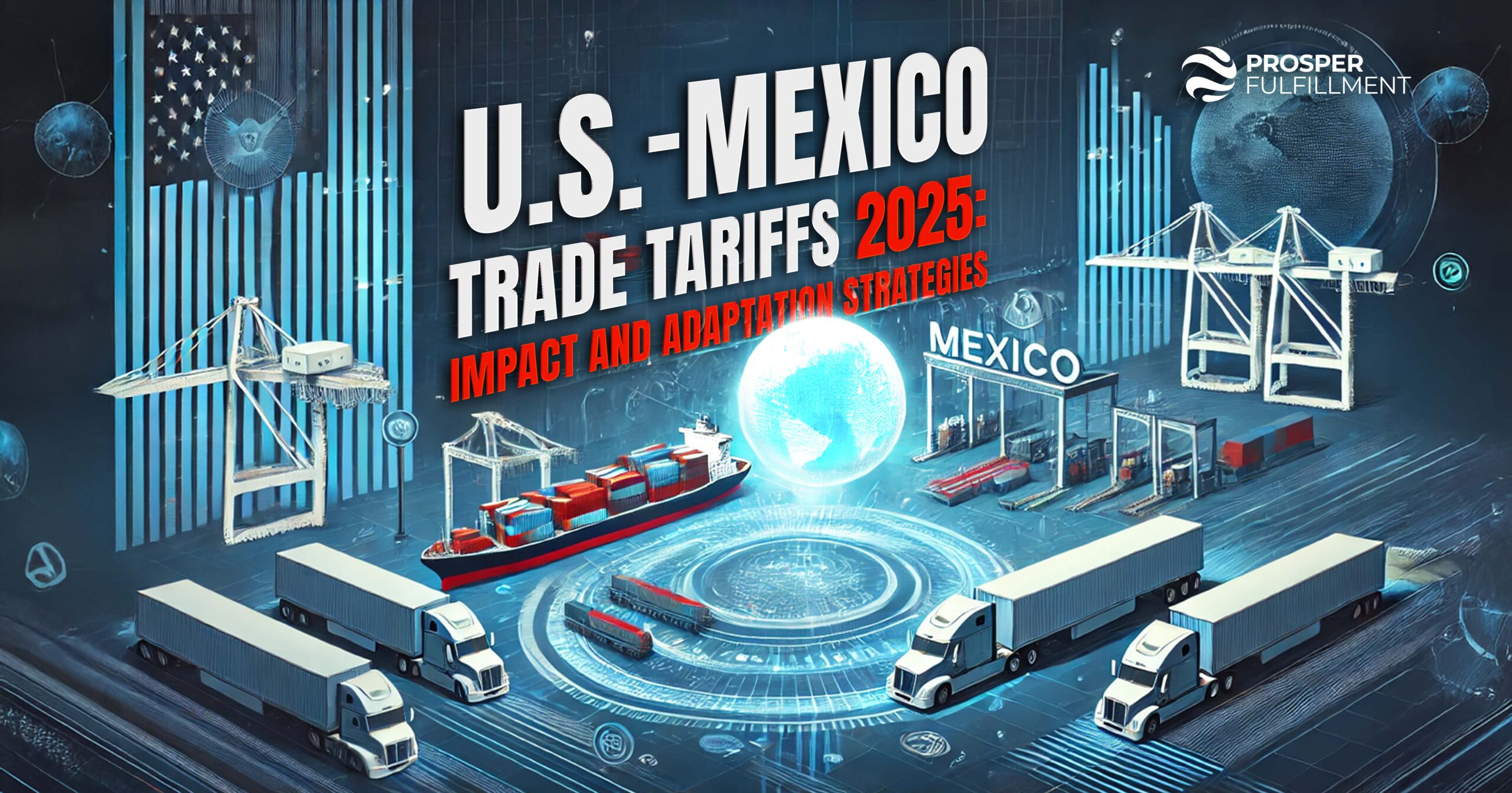📢 How New Tariffs Are Reshaping Cross-Border Trade and Logistics
Trade between the United States and Mexico is undergoing major changes due to newly imposed tariffs and evolving customs regulations. Importers and exporters must adjust their strategies to minimize operational costs and maintain supply chain efficiency.
In this article, we analyze the current tariff landscape, the impact of Section 321 elimination, and key logistics strategies to help businesses adapt successfully.
📌 Key Trade Regulations and Tariffs in 2025
1️⃣ Section 321 Exemption Suspension
As of February 4, 2025, the Section 321 (de minimis) exemption has been revoked. Previously, this allowed importers to bring goods valued under $800 into the U.S. duty-free. The removal of this exemption significantly impacts eCommerce businesses and retailers relying on it for cost savings.
📍 Implications:
- Increased import costs for small and medium-sized businesses.
- Need for new warehousing and distribution strategies.
- Potential delivery delays due to increased customs scrutiny.
💡 Solution: Businesses should explore nearshoring opportunities in Mexico to optimize costs and logistics efficiency.
2️⃣ Higher Tariffs on Chinese Imports
The Biden administration has implemented additional tariffs under Section 301, increasing import duties on Chinese goods by +10%. This policy aims to reduce reliance on Chinese manufacturing and strengthen U.S. domestic production.
📍 Impact:
- Higher costs for businesses importing from China.
- Price surges in sectors such as electronics, textiles, and industrial manufacturing.
- More companies shifting to Mexico and Latin America for manufacturing alternatives.
💡 Solution: Diversifying supply chains and assessing the benefits of nearshoring in Mexico to reduce dependence on China.
3️⃣ U.S.-Mexico Trade Relations Under Pressure
The U.S. has placed increasing pressure on Mexico to strengthen border security and customs controls to curb illegal trade activities. This has created logistical bottlenecks at major entry points, affecting trade efficiency.
📍 Challenges:
- Stricter customs inspections impacting import/export operations.
- Increased compliance costs for cross-border traders.
- Delays in key industries such as automotive and textile manufacturing.
💡 Solution: Partnering with trusted 3PL logistics providers to ensure customs compliance and streamlined freight movement.
📊 Business Adaptation Strategies for 2025
🔹 Evaluate alternative sourcing options: Nearshoring in Mexico offers cost savings and proximity to U.S. markets.
🔹 Optimize supply chain logistics: Implement 3PL solutions and fulfillment centers near the border for better efficiency.
🔹 Stay informed on regulatory updates: Trade laws are shifting, and businesses must react quickly.
🔹 Leverage trade experts: Consulting with customs and logistics specialists can maximize profitability.
📌 Conclusion
The U.S.-Mexico trade landscape is shifting dramatically due to new tariffs, customs restrictions, and evolving global trade policies. Businesses must proactively adjust their logistics strategies to remain competitive.
💡 Need expert guidance on adapting to these changes? Our team specializes in cross-border logistics and trade compliance to help businesses transition smoothly.
📞 Contact us today for a tailored logistics strategy in 2025.
🔗 Request a Free Consultation Here
📢 #TradeTariffs2025 #LogisticsOptimization #SupplyChainSolutions #USMexicoTrade #NearshoringMexico #EcommerceFulfillment #Section321 #CrossBorderShipping

